It’s not uncommon to have interference or “noise” while receiving input from security cameras. Interference is the technical term used to describe the “grainy look” on videos. Although interference might not happen very frequently, it leads to a loss of video when it does happen. Interference can also cause cameras to malfunction and not load the images and video while viewing remotely. This article covers everything from what causes interference on security cameras and how you can fix it.
Reasons For Interference On Security Cameras:
Quick Navigation
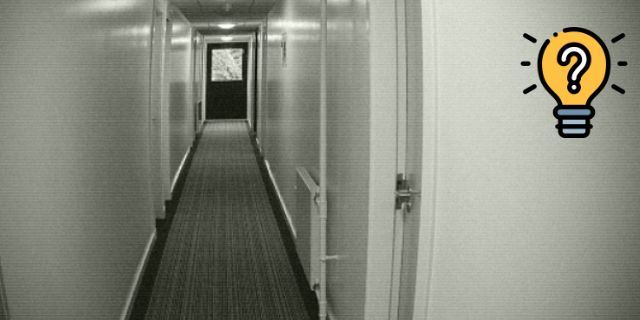
Interference happens when electromagnetic waves collide with each other. This phenomenon causes technology to temporarily malfunction. In the case of security cameras, it is not only restricted to electromagnetic interference. You can use an electromagnetic wave detector for security cameras to detect interference. There are a few different factors that can cause noise including cables in a wired surveillance system and the lighting.
1. Quality Of Cables
Using cheap cables of poor quality doesn’t shield the cameras from electromagnetic interference. In many cases, interference occurs due to the choice of poor quality of cables or improper wiring. Wireless cameras eliminate this sort of interference but other factors can still affect it.
2. Power Supply Issues
Most cameras use a 12V direct current or 24V alternating current. Voltage variations can cause interference and lead the cameras to malfunction in the long term. It is important to get security cameras that have at least a 10% tolerance for voltage variations. Power supply issues can also be caused by the quality of cables in wired surveillance systems.
3. Quality Of Cameras
Cheaper and low-quality cameras could provide low-quality output. Especially based on the lighting, cheaper cameras won’t adjust the contrast settings and can produce low-quality videos.
4. Grounding Issues
Grounding issues can cause “ground loop interference”. When you see blurred lines on the screen which distorts the videos in a wired system, it’s caused by improper grounding. Ground loop issues are caused due to variations in voltage from external sources.
For example, when camera wires are close to electrical lines. There are many possible ways in which this type of interference could occur but it can be fixed only after observing the wiring and camera system including the position of monitors and switches.
5. Lighting
Cheaper cameras might not be well equipped to capture perfect pictures in dark environments. Many cameras can show poor quality, grainy images, and videos, especially in poorly lit areas.
It is ideal to improve the lighting in areas that are being recorded, especially if the cameras aren’t of high quality. This is very necessary for security and safety.
6. Connection Issues
Connection issues refer to multiple things. It can be because of the poor quality of cables or how the cameras have been wired. Connection issues can occur at any point between the cameras and the monitor.
How To Resolve It?
Eliminating interference starts with examining the reasons for interference. It could be either any of these problems or a combination of a few different factors.
- For starters, use solid cables and not cheap ones. Cheap ones can increase maintenance in the long term.
- make sure to clean the dome, lens, and cables in a timely manner. Coaxial cables and UTP cables of good quality with multiple layers can minimize interference.
- Ensure a constant power supply. Power supply issues can also be due to loose connections. Always double-check cables and wiring at all points of connectivity to minimize interference to the maximum.
- Ground loop interference has to be thoroughly examined. It can be caused by grounding issues anywhere in the network and you might need professional help to identify it and take appropriate measures.
- Some possible solutions include ensuring the minimum distance between camera wires and power sources, grounding all devices to a single point, connecting the camera to a ground loop insulator.
What Causes Interference With Wi-Fi Security Cameras?
Wireless cameras have a lower level of connection-related issues, especially ones resulting from the quality of cables and improper wiring. However, they can still face interference.
a. Wi-Fi Channel
Wireless connection works at a certain bandwidth (frequency of electromagnetic waves). Many other devices function in the same range of frequency of around 2- 5Ghz. Choose a channel (a bandwidth) that is not congested with other devices and this minimizes the interference.
b. Wireless Router
The position of the wireless router can cause interference as it affects the strength of the connection. If the router is far from the cameras, the connection it receives will be really weak and it will interfere with the quality of pictures and videos being transmitted.
c. Physical Barriers
Different materials can interfere with electromagnetic waves and how they travel. This can weaken the Wi-Fi connection. The farther the router is from the receiver, the connection is weak and can face interference.
Especially with a physical barrier like concrete and metal in between. It is important to find an ideal location for the Wi-Fi router to ensure a strong connection to the receivers. Along with this, pick the right channel of frequency for the wireless connection to be on.
These factors can reduce interference to a large extent. Make sure there are fewer barriers between the cameras and the routers. Even wireless cameras will have some level of wiring at least to the power source. Ensure this connection is also secure and proper.
It is important to find an ideal location for the Wi-Fi router to ensure a strong connection to the receivers. Along with this, pick the right channel of frequency for the wireless connection to be on. These factors can reduce interference to a large extent.
Make sure there are fewer barriers between the cameras and the routers. Even wireless cameras will have some level of wiring at least to the power source. Ensure this connection is also secure and proper.
What Is A Camera Jammer?
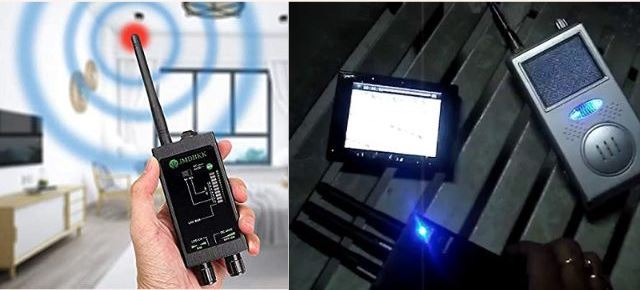
“Jamming” is a word used to describe the act of disrupting security cameras which prevents them from functioning properly. Cameras connected over Wi-Fi are especially susceptible to this type of breach. Jamming signals doesn’t always happen with malicious intent.
When it does happen, it can have huge consequences. A camera jammer works by overpowering the Wi-Fi channel of a particular range of frequencies with a stronger range of frequencies. It will prevent the camera from communicating with nearby devices in a certain range.
This in turn will not only disrupt the signal but also prevent the security camera from doing its job, i.e., surveillance. Wired cameras are also susceptible to jamming but that requires more effort like tampering with the wires physically.
Jamming is an illegal activity in the United States, especially if done with malicious intent and if you suspect it, you must immediately report it.
Final Talk
Interference disrupts the function of security cameras and can have serious consequences if not dealt with properly. The first step is to identify what is causing the interference and then fix it.

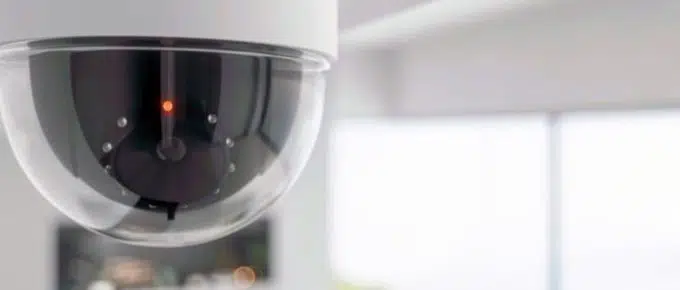



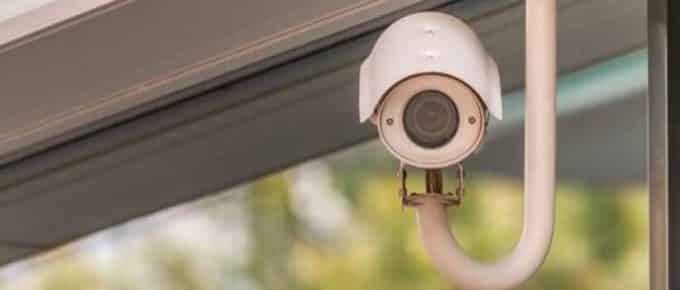
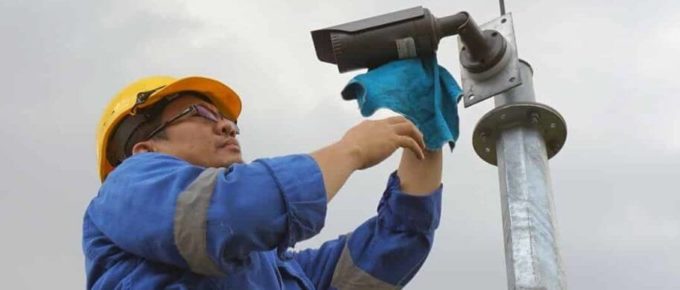
Leave a Reply